The Haunted Bookshop [10]
Dark Terrors 5 ed. Steven Jones & David Sutton, Gollancz, October 2000The Haunted Bookshop and Other Apparitions, Borgo Press, September 2007


Previous: G's |
Back to: Short Stories |
Next: I's |
The Haunted Bookshop [10]Dark Terrors 5 ed. Steven Jones & David Sutton, Gollancz, October 2000The Haunted Bookshop and Other Apparitions, Borgo Press, September 2007 |


|
The Haunted Nursery [1]Horrors! 365 Scary Stories ed. Stefan Dziemianowicz, Robert Weinberg & Martin H. Greenberg, Barnes & Noble, 1998The Cosmic Perspective and Other Black Comedies, Borgo Press, July 2009
|

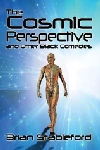
|
Heartbeat [1]Horrors! 365 Scary Stories ed. Stefan Dziemianowicz, Robert Weinberg & Martin H. Greenberg, Barnes & Noble, 1998 (as by S. May Amerinth)An Oasis of Horror: Decadent Tales and Contes Cruels, Borgo Press, January 2008
|

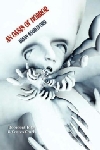
|
Heartbreaker [5]Million #2, March/April 1991French Translation as: 'Bourreau des coeurs' in Forces Obscures ed. Marc Bailly, Naturellement, 1999 Sheena & Other Gothic Tales, Immanion Press, May 2006 |
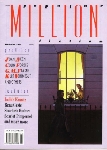

|
Hidden Agendas [16]Asimov's Science Fiction September 1999The Tree of Life and Other Tales of the Biotech Revolution, Borgo Press, September 2007
|

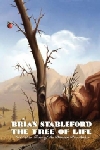
|
The Highway Code [7]We Think, Therefore We Are ed. Peter Crowther, DAW, January 2009The Best of Both Worlds and Other Ambiguous Tales, Borgo Press, August 2009 |

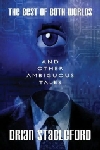
|
The Holocaust of Ecstasy [6]Cthulhu's Reign ed. Darrell Schweitzer, DAW, March 2010The Legacy of Erich Zann and Other Tales of the Cthulhu Mythos, Borgo Press, April 2012 |

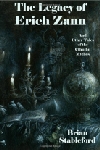
|
The Home FrontDAW 30th Anniversary SF Anthology ed. Elizabeth R. Wollheim & Sheila E. Gilbert, May 2002The Tree of Life and Other Tales of the Biotech Revolution, Borgo Press, September 2007
|


|
Hot Blood [6]Asimov's Science Fiction September 2002Designer Genes: Tales of the Biotech Revolution, Five Star, 2004
|

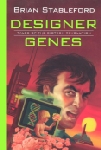
|
The House of Mourning [6]Off Limits: Tales of Alien Sex ed. Ellen Datlow, St Martin's Press, 1996; Ace, 1997Year's Best SF 2 ed. David G. Hartwell, Tor, 1997; Harper Collins, 1997 Designer Genes: Tales of the Biotech Revolution, Five Star, 2004
|
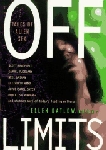


|
How the DragonsYetzirah and Alziluth Lost the Knowledge of a Million Lifetimes [v]Star Roots #1 (August 1989)Translated into Swedish as: 'Hur det kom sig att drakarna Yetzirah och Alziluth förlorade kunskapen från miljontals drakåldrar' in Kongressbok ConFuse 91 Fables and Fantasies, Necronomicon Press, 1996 Beyond the Colors of Darkness and Other Exotica, Borgo Press, July 2009
|
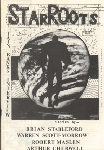
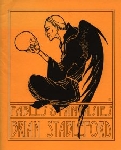

|
The Hunger and Ecstasy of Vampires [35]Bats and Red Velvet (fnz) #11, 12-94 (excerpt)Interzone #91, January 1995 & #92, February 1995 (Winner of 1995 readers' poll) Translated into Czech as: 'Hlad a extáze upíru' in Ikarie November 2006 Winner of the BSFA Award for best short fiction 1995 The Mammoth Book of Best New Horror: Volume Seven ed. Steven Jones, Raven, 1996 Virtuous Vampires ed. Stefan Dziemianowicz, Robert Weinberg & Martin H. Greenberg, Barnes & Noble, 1996
|
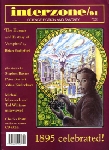
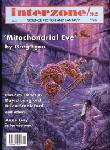



|
 |
The Brian Stableford Website |
 |